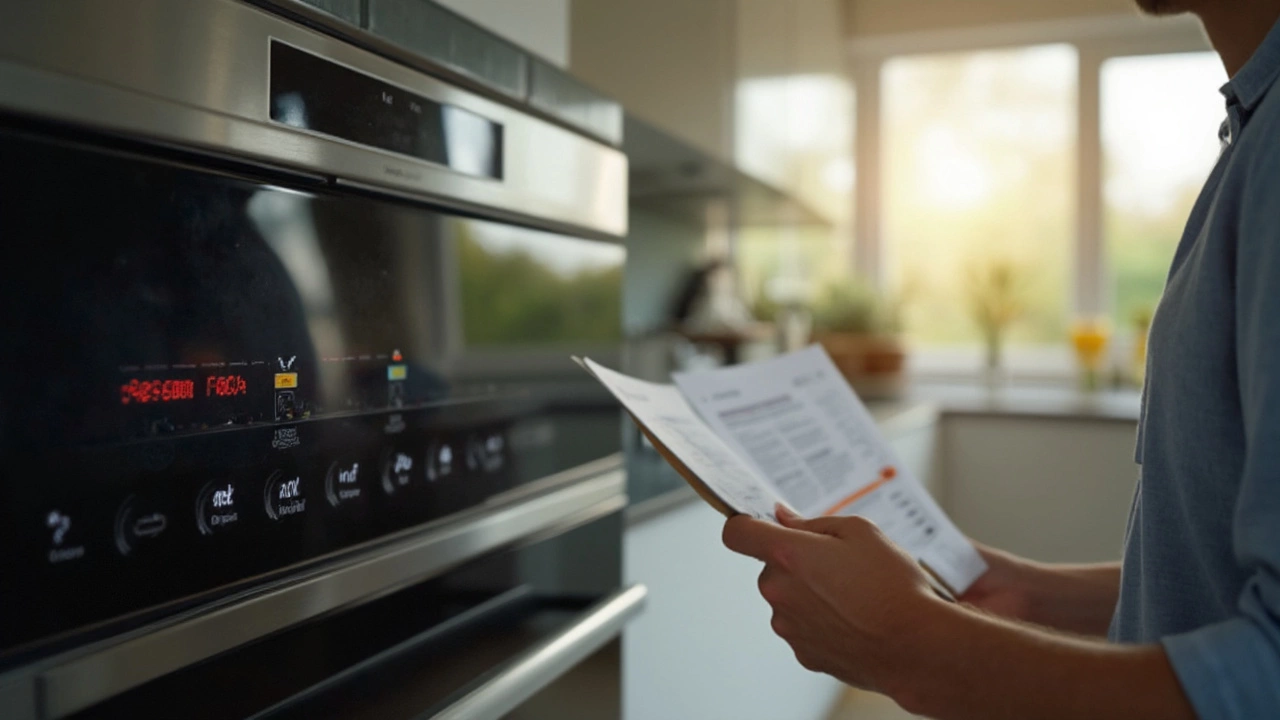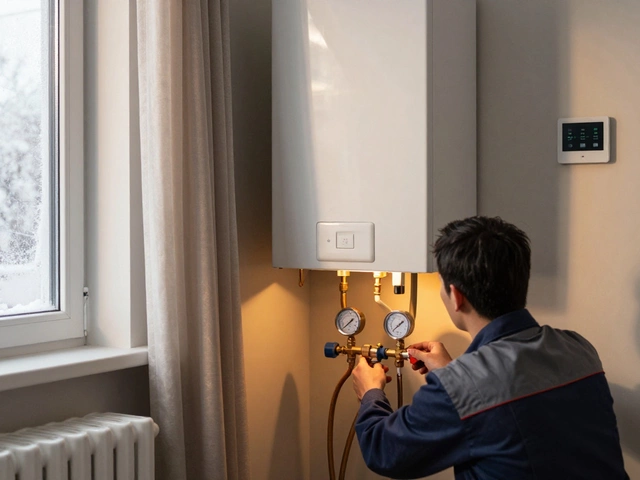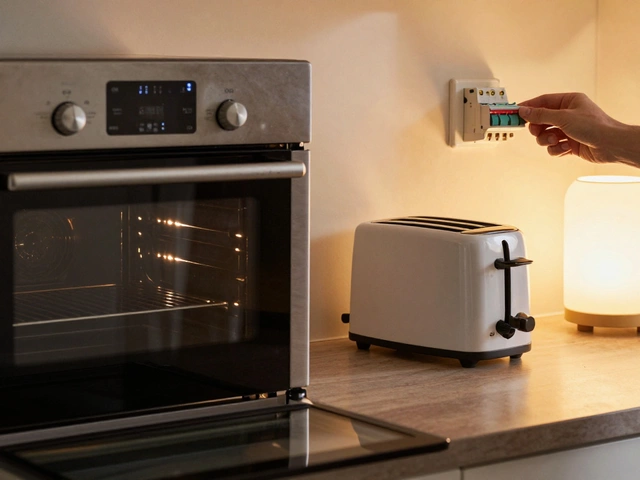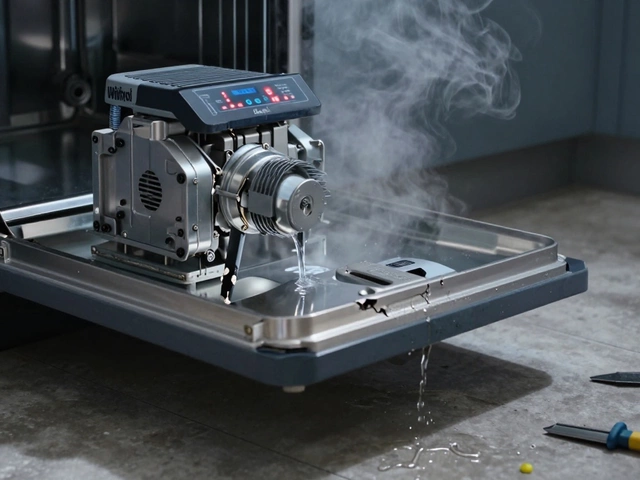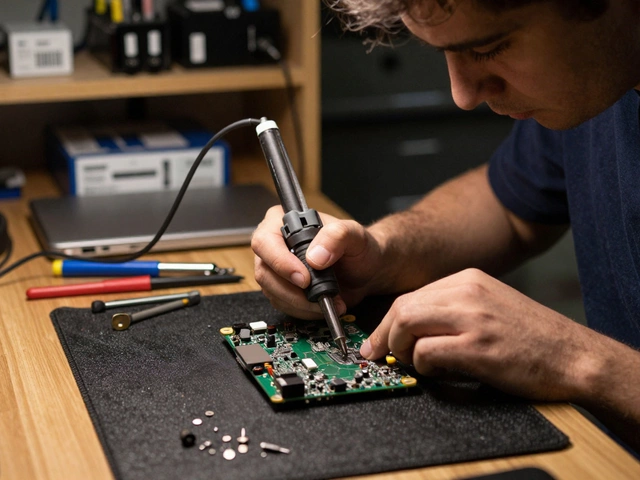Oven Troubleshooting: Quick Fixes for Common Problems
If your oven isn’t behaving, you don’t have to call a pro right away. Most issues are easy to spot and fix with a few basic steps. Below you’ll find a straightforward guide that walks you through the most common problems and what you can do at home.
Why Won’t My Oven Heat?
The first thing to check is the power source. Make sure the oven is plugged in securely and the circuit breaker hasn’t tripped. If it’s a gas oven, verify that the gas valve is open and the igniter glows when you turn the knob.
Next, look at the heating element (for electric ovens). Turn the oven to a high temperature and watch for a red glow. If the element stays cool, it’s likely burnt out and needs replacing. Swapping the element is usually a simple DIY job – just unplug the oven, remove the screws, and swap in a new part.
Temperature Fluctuations and Inaccurate Readings
A thermostat that’s off can make your oven bake unevenly. Grab an inexpensive oven thermometer and place it inside. Compare its reading to the temperature you set. If there’s a big gap, the thermostat or sensor is the culprit.
Cleaning the oven sensor is often enough. The sensor is a thin metal rod near the back wall. Gently wipe it with a damp cloth, avoiding any harsh chemicals. If the problem persists, the sensor may need replacement – a quick swap that most homeowners can manage.
Another common cause of temperature swings is a dirty oven door seal. A worn seal lets heat escape, making the oven work harder and overshoot the set temperature. Inspect the seal for cracks or gaps. If it looks damaged, replace it to restore proper heat retention.
Finally, don’t forget the simple things: a clogged vent or a blocked fan can cause overheating. Look inside the oven cavity for any debris and clear it out. If your oven has a fan, make sure it spins freely.
When you’ve run through these checks and the oven still misbehaves, it may be time to call a professional. The cost of a repair is often far less than buying a new oven, especially if the appliance is under ten years old. However, for very old units (7‑10+ years) weigh the repair cost against the benefits of a newer, more efficient model.
Remember, safety first. Always disconnect power or shut off gas before opening panels. If you’re unsure about any step, it’s better to get a qualified technician involved.
With these quick diagnostics, you can tackle most oven hiccups yourself and keep your kitchen humming along. Happy cooking!
Oven Control Board Problems: How to Tell If Yours Is Bad
- Alden Wilder
- May 29 2025
- 0 Comments
Wondering if your oven's control board is shot? This guide breaks down real-world signs of a bad oven control board, how to catch the symptoms early, and which fixes you can try at home before calling in a pro. Learn what common problems look like, how to do some simple tests, and discover why these issues pop up in the first place. Find out which warning signs you really shouldn’t ignore. You'll be ready to take action without wasting time or money.
View More